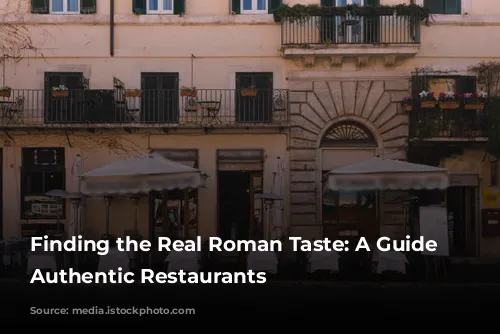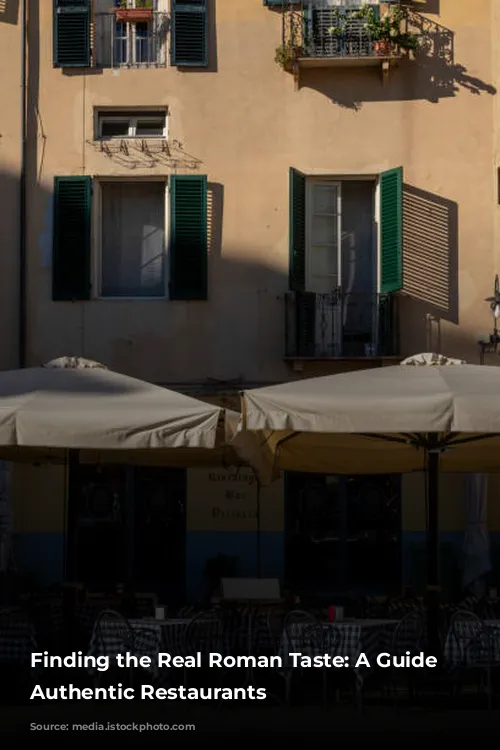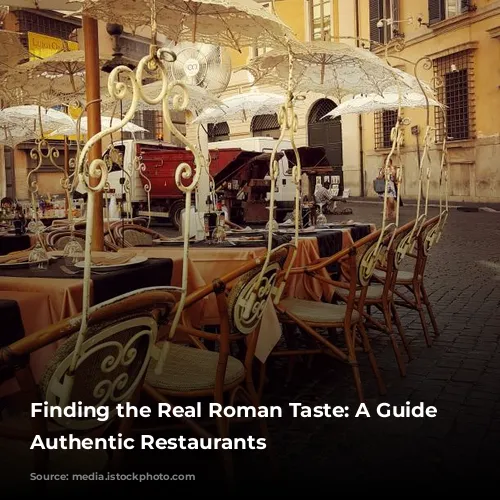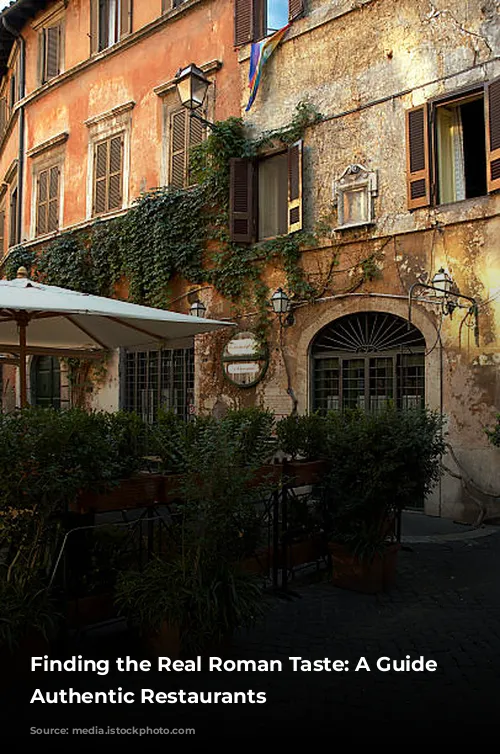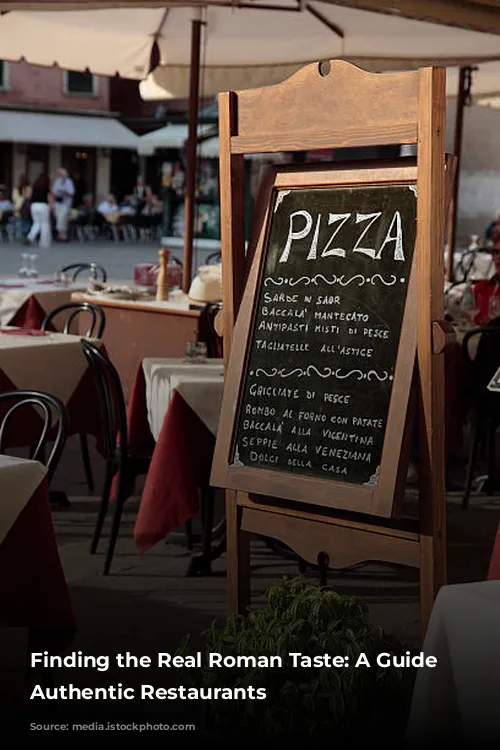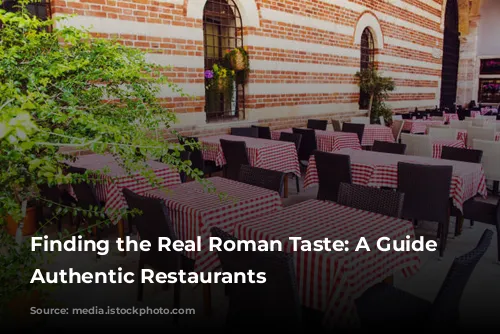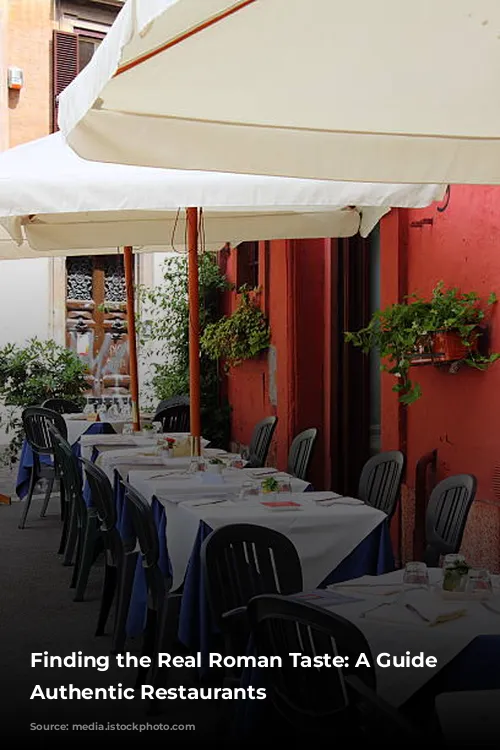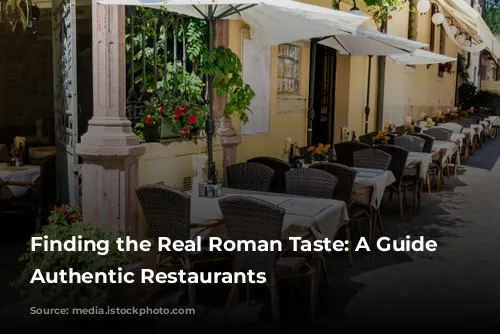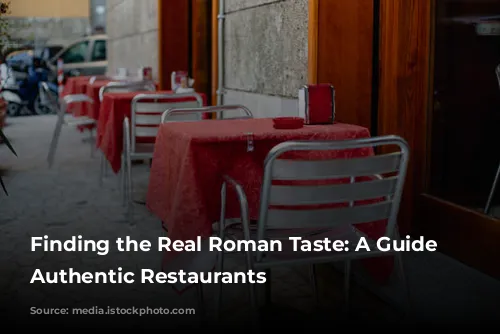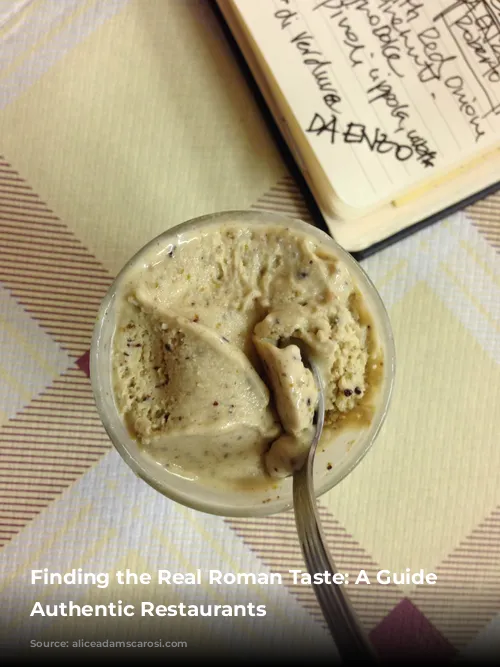This city boasts more gastronomic tourism and food writing than any other on earth, but finding the real Roman soul can be a challenge. It’s easy to get swept up in the tourist traps, but for those seeking authentic Roman food, a journey into the heart of the city awaits.
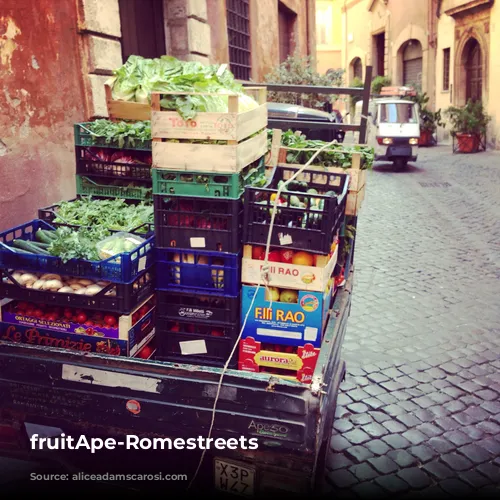
The True Taste of Rome: Simple, Seasonal, and Unpretentious
Recently, a writer I admire for their straightforward style described a Roman trattoria, leaving me longing for the same kind of unpretentious simplicity here in Sydney. Roman food is, in essence, uncomplicated, served in unassuming settings – exactly the way I like it. The writer hit the nail on the head; Roman food is all about the ingredients, prepared with minimal fuss, and enjoyed in an atmosphere that complements the food’s rustic charm.
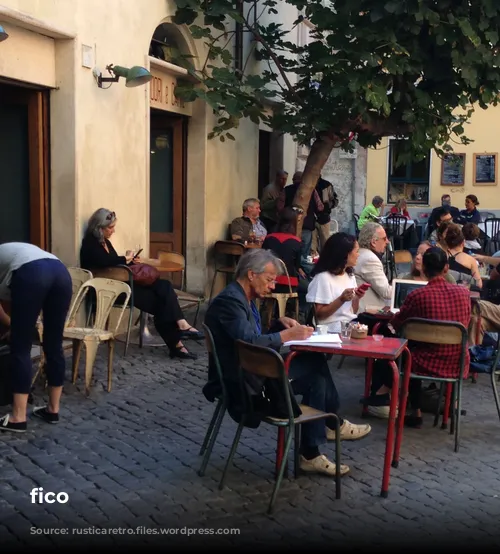
A List for Friends: A Celebration of Authentic Roman Fare
This list is an updated version of my original Rome picks, curated for friends and friends of friends visiting the city. I firmly believe that a restaurant is the sum of its parts. The food is paramount, but the ambience plays an equally important role, especially when traveling. I adore those paper table-cloth places, as they perfectly reflect the “ignoranza”* of Roman cooking – a style that evokes the home-cooked meals of our grandmothers.
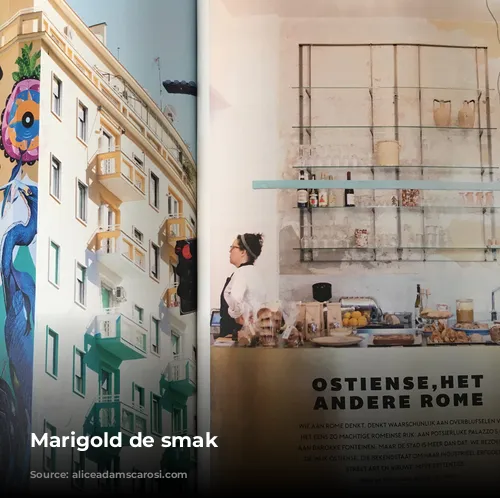
Beyond Tradition: A New Wave of Roman Cuisine
While Rome embraces its culinary traditions, a new generation of chefs is breathing fresh life into the city’s culinary scene. Inspired by global trends, these young Romans are infusing their own creativity into the kitchens of established eateries, injecting a vibrant energy into the city’s culinary landscape.
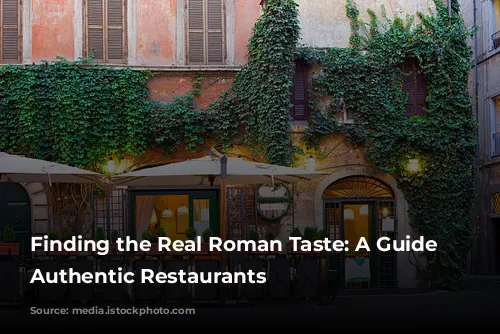
Seasonal Delights: A Guide to Roman Ingredients
When exploring Roman cuisine, be sure to keep an eye out for these seasonal ingredients:
- Carciofi (artichokes): A winter and spring delicacy.
- Fave (broad beans): A spring favorite.
- Puntarelle: A uniquely Roman vegetable, available during the winter months.
- Zucchini romaneschi: This variety of zucchini is particularly popular in spring and summer.
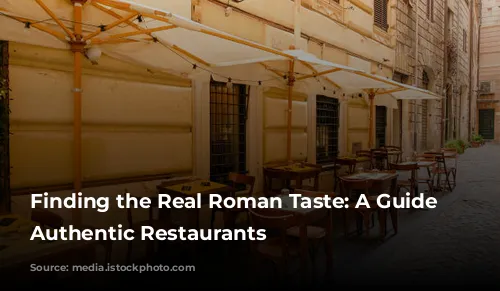
Hidden Gems: A Journey Through Rome’s Culinary Landscape
These are just a few of the many gems that offer an authentic taste of Rome:
Trastevere’s Treasures: Simplicity and Seasonality
Da Enzo (Via dei Vascellari, 29): This small osteria near the Tiber Island serves simple, seasonal Roman fare with a focus on fresh ingredients. Don’t miss their La Gricia, a spaghetti dish featuring pan-fried pork cheek and a touch of fave when in season. This popular spot is best booked, especially for dinner.
Da Augusto (Piazza de’ Renzi, 15): This cramped, lively eatery spills out onto the piazza, offering home-cooked Roman fare served with cheerful gruffness by local girls. Their stews are a highlight, particularly the Abacchio alla Romana (lamb) and Coniglio alla Cacciatora (rabbit).
From Classic to Contemporary: Exploring Roman Cuisine
Augustarello (Via G. Branca, 98): This is the place to go for a hearty Roman lunch or dinner. Enjoy outdoor seating in the summer and a good wine list.
Armando al Pantheon (Salita dei Crescenzi 31): This small, family-run restaurant has been serving uncomplicated Roman dishes for over six decades. They use only the finest local produce and traditional products, earning them a place in the Slow Food Guide.
Nonna Betta (Via del Portico d’Ottavia, 16): Roman Jewish cuisine deserves a post of its own. Avoid the tourist traps and head here for authentic dishes like Carciofi alla Giudia (Jewish-style artichokes) and Aliciotti con Indivia (anchovies with endives).
The Essence of Rome: Classic Trattorias and Modern Innovations
Ai Marmi (Viale Trastevere, 53): This classic trattoria, known for its marble tables, transports you to a Roman film from the 60s. The ageing waiters rushing between tables create an atmosphere of bustling energy.
Pizzarium – Bonci (via delle Meloria 43): Gabrielle Bonci, Rome’s baker pizza boy of the moment, creates mouthwatering pizzas by the slice. He uses only stone ground organic flour, making this a great lunch on the go.
Marigold (Via Giovanni da Empoli 37): This restaurant offers a unique blend of modern and traditional Roman fare. Chef Domenico Cortese sources the freshest ingredients, transforming them into simple, artfully crafted dishes.
Retrobottega (Via della Stelletta, 4): This trendy eatery, nestled in a small street north of the Pantheon, offers exciting dishes with an emphasis on local and artisanal ingredients.
Beyond the Plates: Bars and Aperitivos
Bar Fico (Piazza del Fico): Enjoy coffee, salads, and simple primi dishes under a fig tree.
Latteria Trastevere (Vicolo della Scala, 1): This converted milk bar boasts pavement tables, great artisan beer, local wines, and delicious snacks.
Bar Checco Er Carrettiere (via Benedetta, 7): A favorite for a quick coffee and a mignon (tiny pastry).
Bar San Calisto (Piazza San Calisto): A classic Trastevere spot for an afternoon aperitivo, coffee, coffee granita with cream, or house-made gelato.
Big Star (Via Goffredo Mamelli 25): This bar is a great spot for a post-dinner digestivo on the pavement.
This list is just a starting point for exploring the diverse and delicious culinary landscape of Rome. Embrace the city’s charm and be open to discovering the hidden gems that await around every corner.
- Ignorante is an adjective used to describe Roman cooking in the style of your grandmother – rustic, home-style, and devoid of any kind of finesse or elaboration.
